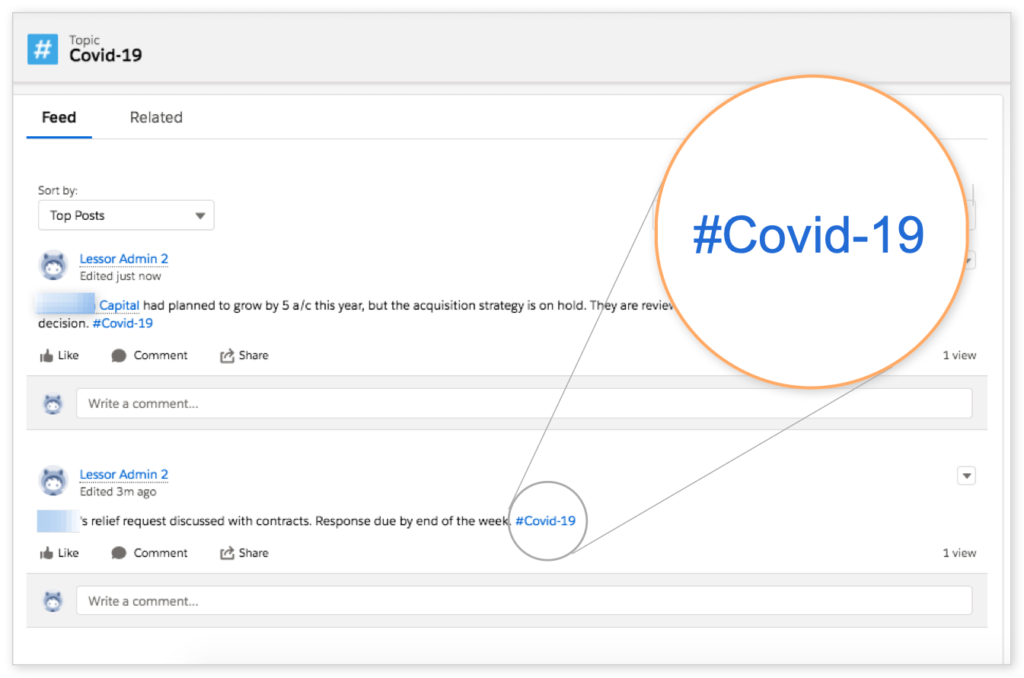Working From Home? LeaseWorks Can Help
If working from home is new to you, cloud-based technologies from LeaseWorks have you covered. Stay on top of your assets, leases, invoices, deals and all aspects of your business in real time.
LeaseWorks products are designed for distributed teams, so all are built upon some core concepts that enable an anywhere, anytime work environment. As the work paradigm around the globe has abruptly shifted, we’ve noticed that our customers have barely skipped a beat with respect to their deal and asset management. We thought it would be interesting to explore how these key LeaseWorks concepts apply more generally to work-from-home information technology.
There are three core design concepts that we keep in mind as we build LeaseWorks functionality for distributed teams. These are centralized data, topic-specific communication and integrated human and automated decision workflows.
Centralized data and business intelligence are essential
When information is siloed, even inadvertently, it’s harder for other people to find it. And if the owner of that information is suddenly a little—or a lot less available—due to physical separation, distractions (“daddy, I’m a monkey on your back!”) and other challenges to someone’s working environment, it can get even harder.
If instead, that information is in a centralized location, with proper permissions-based access to it, then suddenly “daddy monkey” doesn’t have to be so available from one minute to the next. His hours can flex to work around his new scheduling hardscape. This is true for the person on the other side of the equation too. Perhaps she’s been suddenly trapped in a different time zone, or maybe just prefers to work off-peak. The centralized 24/7 data is there for her to process whenever she’s available to work on it.
The conversation should be easy and captured
The second major concept is the idea that communication around a given topic—in the case of LeaseWorks this is commonly a deal or an asset—should also be centralized and available for all involved employees to see at any time, based on permission. For the past few decades, business conversations have been mostly captured in long email threads that may have other topics discussed as well. Most of us know from personal experience how frustrating it can be to search for an email with that information you know you’ve seen, only to finally find it under a title that doesn’t match the topic at all.
By enabling features like Chatter or timestamped comments to capture the conversation around a topic, all players can now see the whole conversation, from anywhere at any time. They can catch up quickly with the current status and jump in at the right place without retracing steps. And, though we’ve just maligned email a little bit, it still is core to our workday. Daily email summaries of the day’s conversations can help the whole team stay abreast, no matter what time they’re working and from where.
Social-style hashtags allow key conversations to be found easily

Workflows enable a consistent process
The final concept is about those “integrated human and automated decision workflows.” That’s quite a mouthful. Breaking it down it’s about carefully designing information workflows that are tailored to your process.
Decisions that can be made somewhat mechanically based on input data, can occur without further human review, triggering status changes, calculations, or notifications to the next human in the process. Appropriate team members are alerted when more complex decisions are required. Notifications can happen by email or text or Slack—whatever suits a given organization. And these notifications can include all data and links necessary to quickly put the proper information in front of the decision-maker.
Key support data can be included as well, such as benchmark rents, benchmark maintenance reserves, or competitive order book information. Then, as soon as the human decision-maker has acted, the automated process can help nudge things forward. Done right, there’s a seamless interplay of human and technological prowess, streamlining process even in regular office environments and invaluable in a sudden work-from-home environment.
Automated workflows smooth the process and make data capture and analysis more deterministic

When work-from-home happens unplanned
We’re confident that it’s these concepts that have been central to the seamless transition we’ve seen our customers make during this challenging time. And we believe they are core to all information products designed to support the work-from-home economy.


